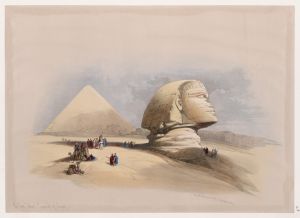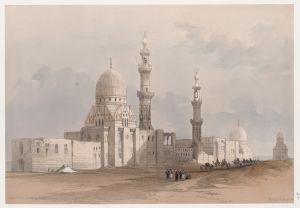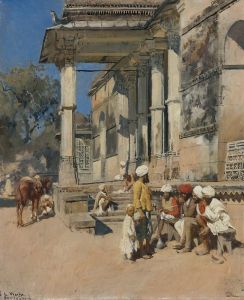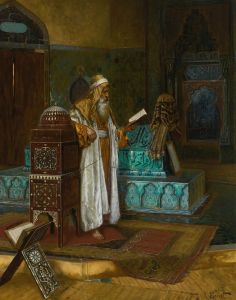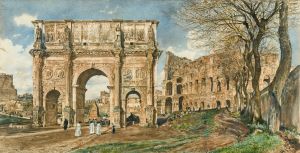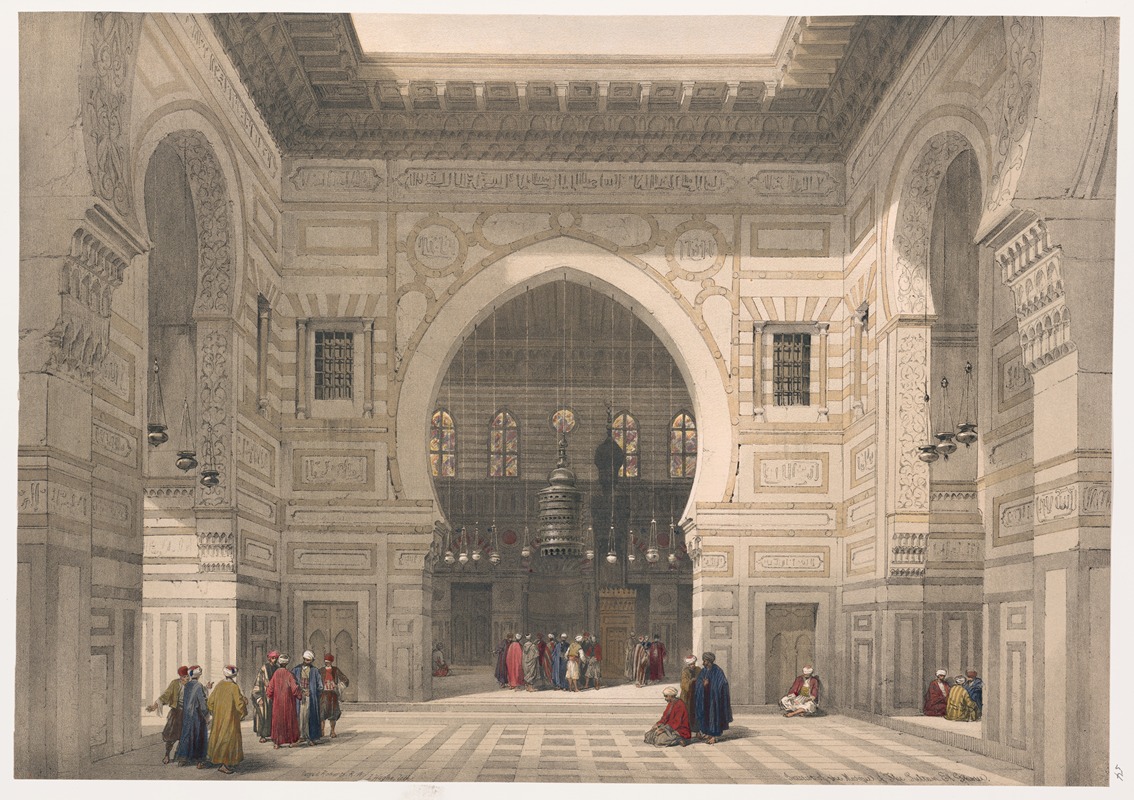
Interior of the mosque of the Sultan El Ghoree [Masjid al-Ghuri].
A hand-painted replica of David Roberts’s masterpiece Interior of the mosque of the Sultan El Ghoree [Masjid al-Ghuri]., meticulously crafted by professional artists to capture the true essence of the original. Each piece is created with museum-quality canvas and rare mineral pigments, carefully painted by experienced artists with delicate brushstrokes and rich, layered colors to perfectly recreate the texture of the original artwork. Unlike machine-printed reproductions, this hand-painted version brings the painting to life, infused with the artist’s emotions and skill in every stroke. Whether for personal collection or home decoration, it instantly elevates the artistic atmosphere of any space.
"Interior of the mosque of the Sultan El Ghoree [Masjid al-Ghuri]" is a painting by David Roberts, a renowned Scottish painter known for his detailed and accurate depictions of architectural and historical sites. David Roberts was born on October 24, 1796, in Stockbridge near Edinburgh, Scotland, and he gained fame for his extensive travels and the artworks he produced based on his journeys, particularly in the Middle East and North Africa.
The painting in question depicts the interior of the Sultan al-Ghuri Mosque, also known as Masjid al-Ghuri, located in Cairo, Egypt. This mosque is part of a larger complex that includes a madrasa, a mausoleum, and other structures, all commissioned by Sultan Qansuh al-Ghuri, the last of the Mamluk sultans, who ruled Egypt from 1501 to 1516. The mosque was completed in 1504 and is a significant example of Mamluk architecture, characterized by its intricate stonework, elaborate decorations, and the use of geometric patterns and calligraphy.
David Roberts visited Egypt as part of his extensive travels in the Middle East, which he undertook between 1838 and 1839. During his time in Egypt, Roberts created numerous sketches and studies of various sites, which he later used as references for his paintings. His works were highly regarded for their accuracy and attention to detail, providing a valuable visual record of these historical sites during the 19th century.
The "Interior of the mosque of the Sultan El Ghoree" painting captures the grandeur and intricate design of the mosque's interior. Roberts' use of light and shadow highlights the architectural features, such as the ornate columns, arches, and the richly decorated mihrab (prayer niche). The painting also conveys a sense of the mosque's scale and the craftsmanship involved in its construction.
David Roberts' works, including this painting, were published in a series of lithographs titled "The Holy Land, Syria, Idumea, Arabia, Egypt, and Nubia," which was released between 1842 and 1849. These lithographs were produced by Louis Haghe, a Belgian lithographer known for his skill in reproducing Roberts' detailed and atmospheric scenes. The publication of these lithographs brought Roberts' work to a wider audience and cemented his reputation as one of the leading Orientalist painters of his time.
Roberts' paintings and lithographs remain significant for their historical and artistic value, offering insights into the architectural heritage of the regions he visited. His depiction of the Sultan al-Ghuri Mosque's interior is a testament to his ability to capture the essence of the places he encountered, providing a window into the past for contemporary viewers.
David Roberts passed away on November 25, 1864, in London, but his legacy endures through his extensive body of work, which continues to be studied and appreciated for its contribution to the understanding of 19th-century Middle Eastern and North African architecture and culture.






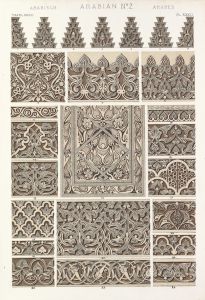
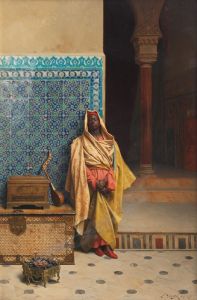
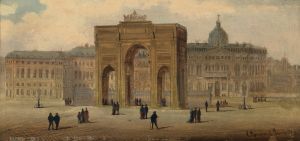
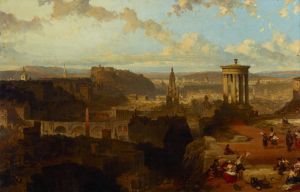
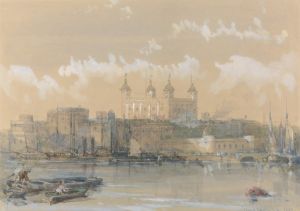
![Approach to the Temple of Wady Sabua [Wadi al-Sabua], Nubia.](/imgs/217463/s/david-roberts-approach-to-the-temple-of-wady-sabua-wadi-alsabua-nubia-41e9aa7e.jpg)
![Temple of Kalabshee [Kalabsha, Kalâbishah], Nubia. Nov. 1838.](/imgs/217548/s/david-roberts-temple-of-kalabshee-kalabsha-kalabishah-nubia-nov-1838-be0ac440.jpg)
![Temple of Wady Saboua [Wadi al-Sabua], Nubia.](/imgs/217551/s/david-roberts-temple-of-wady-saboua-wadi-alsabua-nubia-52e62db.jpg)
